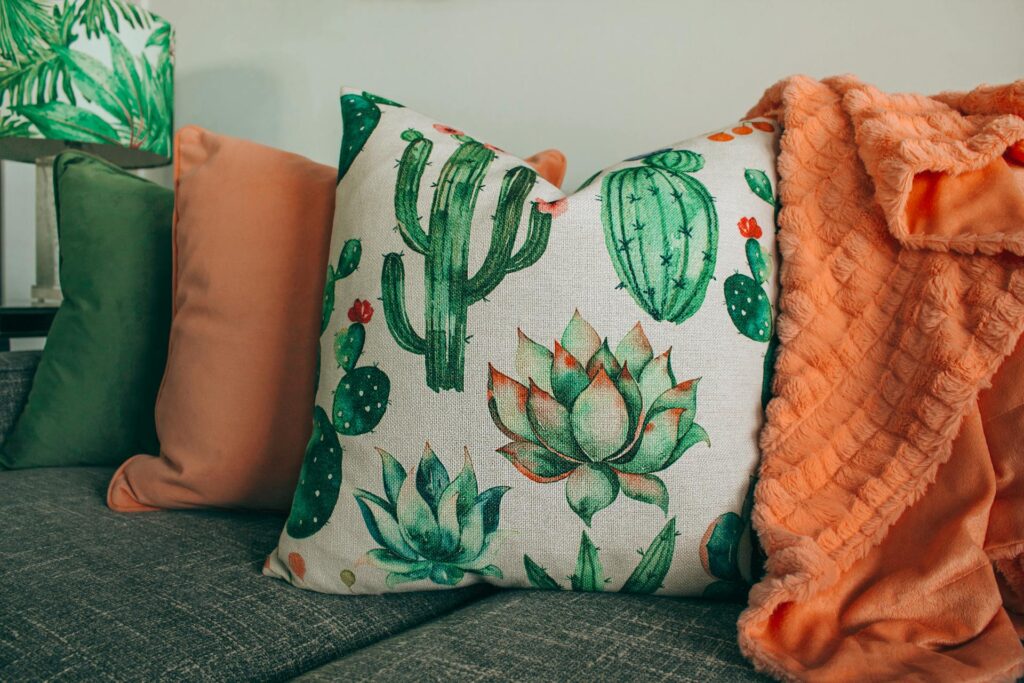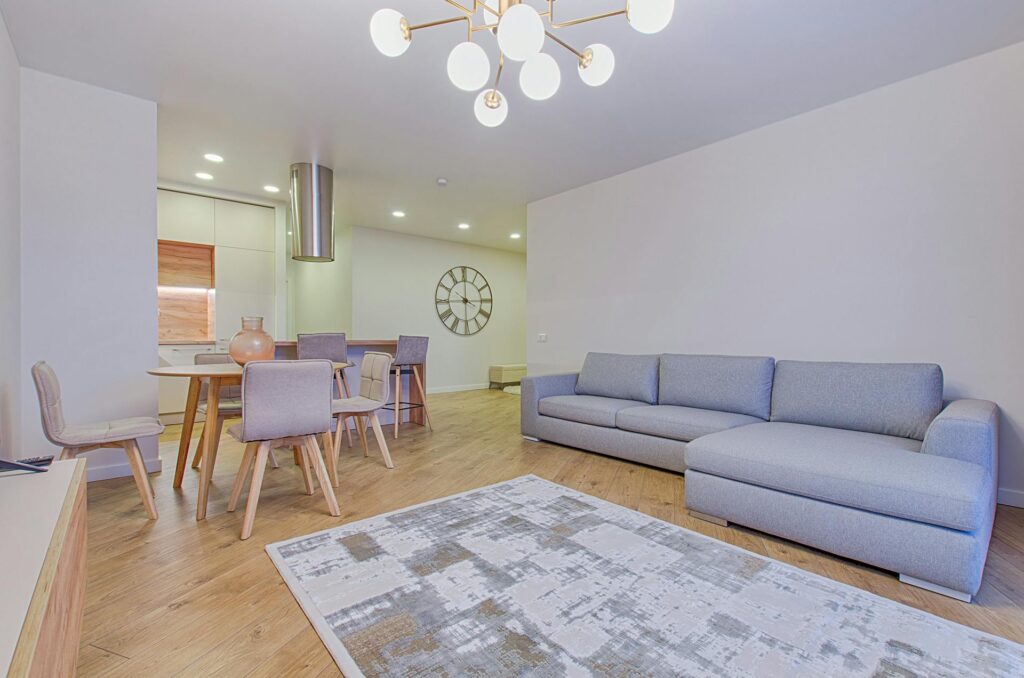You walk into a room and immediately feel at ease, but were you aware that certain rooms automatically make you feel cozy and others have you reaching for the light switch? The trick is not just lots of light, but combining and blending light types to create depth, warmth, and purpose. Let me guide you through the layers of lighting that will make any room cozy.
Understanding the Three Layers of Lighting
Think about lighting like you would about dressing; you need more than a single layer to look and feel your best. The same principle applies to your home’s lighting.
Ambient lighting is your first layer, providing overall lighting to the room. These are your ceiling fixtures, recessed lights, or floor lamps that provide the room with overall light.
Task lighting is directed at specific tasks – reading, cooking, or working. These are your under-cabinet lights, desk fixtures, and table lamps that allow you to see what you’re doing clearly.
Accent lighting adds the finishing touches, highlighting artwork, architectural features, or adding visual interest. This is where wall sconces, picture lights, or strategically placed LED strips come in.
Living Room Layering Magic
Your living room needs the most adaptable lighting since it’s utilized for various activities throughout the day. Start with ambient light from a ceiling fixture or high floor lamp, but not a solitary overhead source that creates severe shadows and an unwelcoming atmosphere.
Add task lighting in the form of table lamps beside seating areas to read, and floor lamps in dark corners to chase away shadows. For accent lighting, use wall sconces to highlight artwork or architectural elements, and don’t forget candles or string lights for ultimate coziness.
I’ve found that dimmer switches on all your ambient sources have the greatest effect. They enable you to dictate the mood from bright and energizing in the daytime to warm and inviting in the evenings.
Read More: 10 Small Changes That Make a BIG Impact on Your Living Room
Bedroom Bliss Through Considered Lighting
Bedrooms require softer, more personal levels of light. Ambient lighting needs to be warm and soft. Consider a ceiling fan with lights or a large pendant light with a dimmer.
Task lighting is most important near the bed in the form of bedside table lamps or wall-mounted reading lamps. Ensure that each individual has a personal task light if the bed is shared. For accent lighting, consider LED strip lights at the back of the headboard, small accent lamps on dressers, or even battery-operated picture lights in the closets.
The secret is not relying on harsh overhead lighting as your primary source; it’s anything but relaxing.
Read More: Mixing Modern and Vintage Decor: A Beginner’s Guide
Kitchen Functionality Meets Warmth
Kitchens need bright task lighting for safety, but that doesn’t mean sacrificing warmth. Start with good ambient lighting from recessed ceiling fixtures or a show-stopping pendant over an island.
Under-cabinet LED strips provide essential task lighting for food prep, and pendant lights over islands or breakfast bars serve double duty as task and accent lighting. Don’t forget the interior of cabinets, small LED puck lights make dishes so much easier to locate.
Consider adding a table lamp to countertops (where it won’t get in the way of water) or open shelving to add warmth to the otherwise utilitarian kitchen lighting.
Creating Your Lighting Plan
Start by assessing the purpose of each room and the existing lighting. You do not need to transform everything at once; creating one layer at a time can have an enormous impact on the ambiance of your space.
Remember, the goal is not so much brightness but a lighting scheme that adapts to your needs throughout the day. With proper layering, you’ll wonder how you got along with those single overhead lights.
Read More: How to Make a Small Space Feel Bigger



